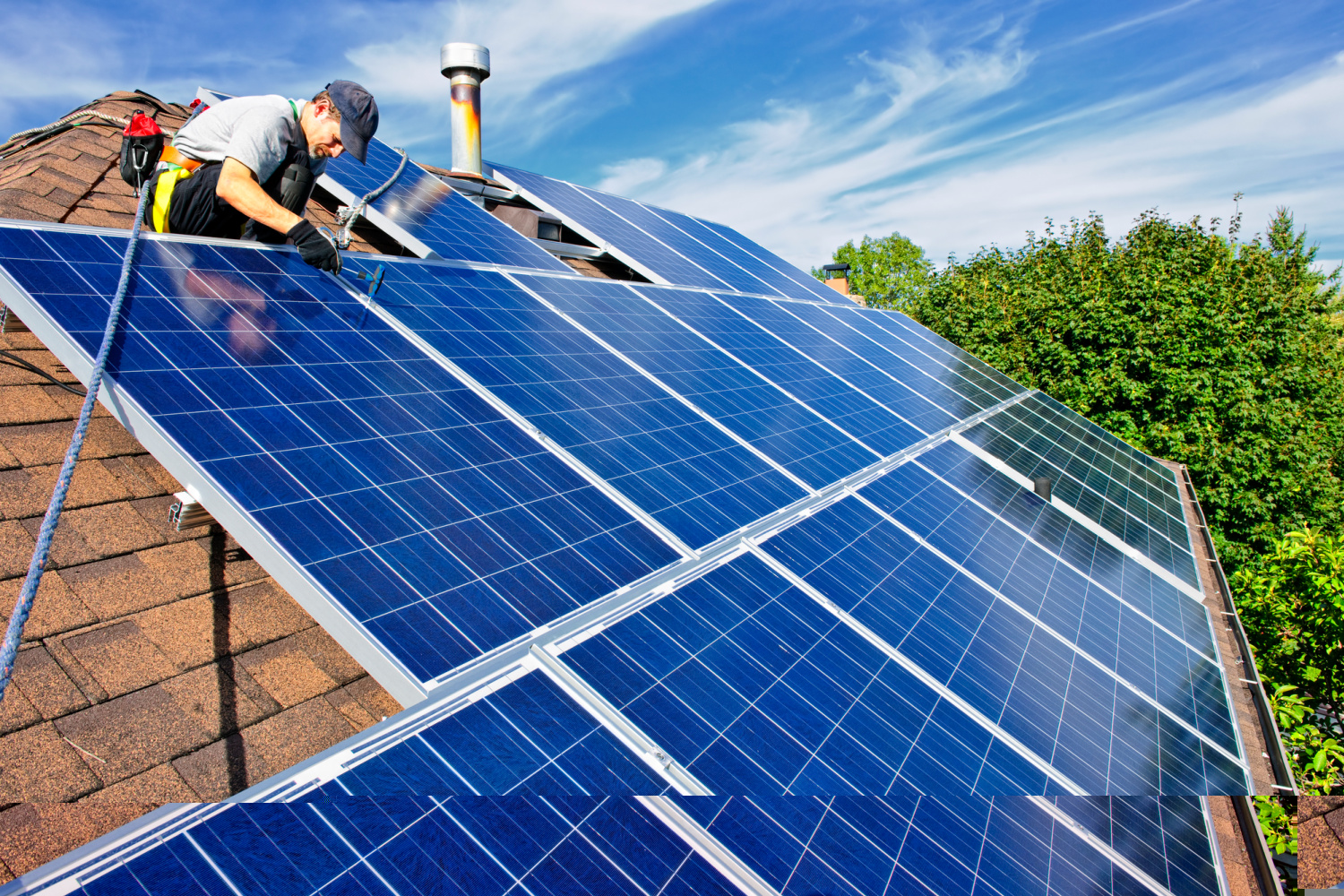Solar Panel Cleaning
$250 up to 20 panels$5 per panel for 21+
- Soft-wash clean to improve yield
- Visual safety inspection (roof & array)
- Before/after photos (on request)
Keep your solar producing safely and reliably. Our CEC-accredited electricians provide fixed-price cleaning, diagnostic system checks, and emergency breakdown repairs. Clear pricing. On-time visits. Proper reports and aftercare.




$5 per panel for 21+
Ideal after moving into a new home
Diagnosis for non-working systems
Qualified electricians, safe roof access, photos on request, and a clear explanation of your options. We’ll handle DNSP paperwork where required and reconnect monitoring so you can track performance.
These are common messages observed in the field. Exact wording/codes vary by model and firmware—always refer to the product manual or call us.
Need something else? Explore Residential Solar, Commercial Solar, Batteries or EV Chargers.